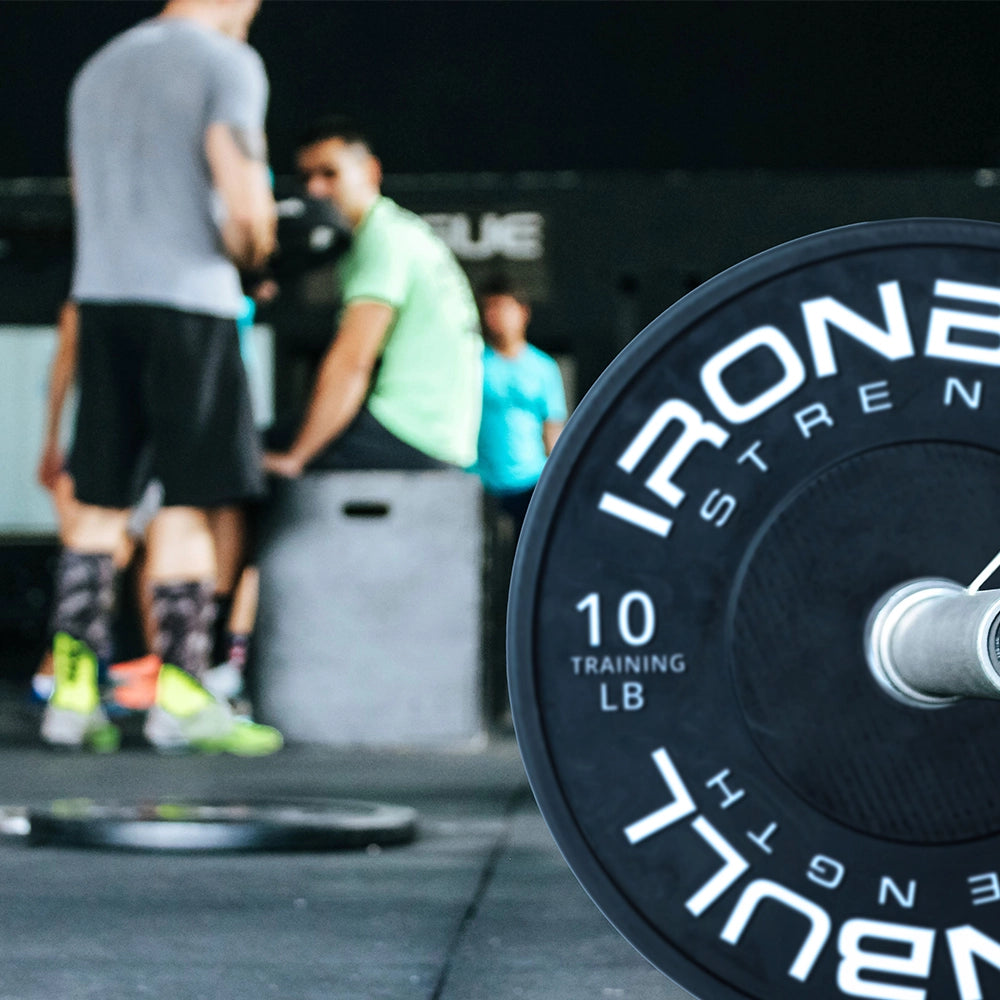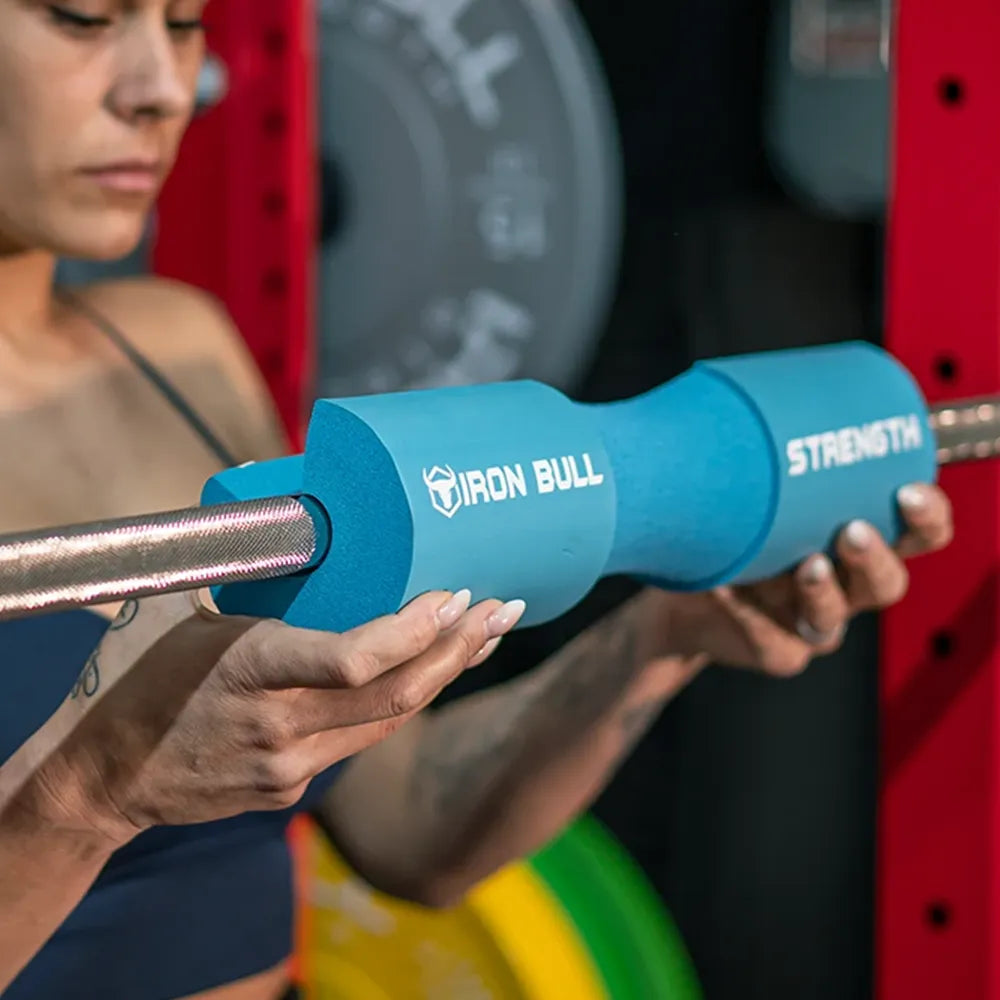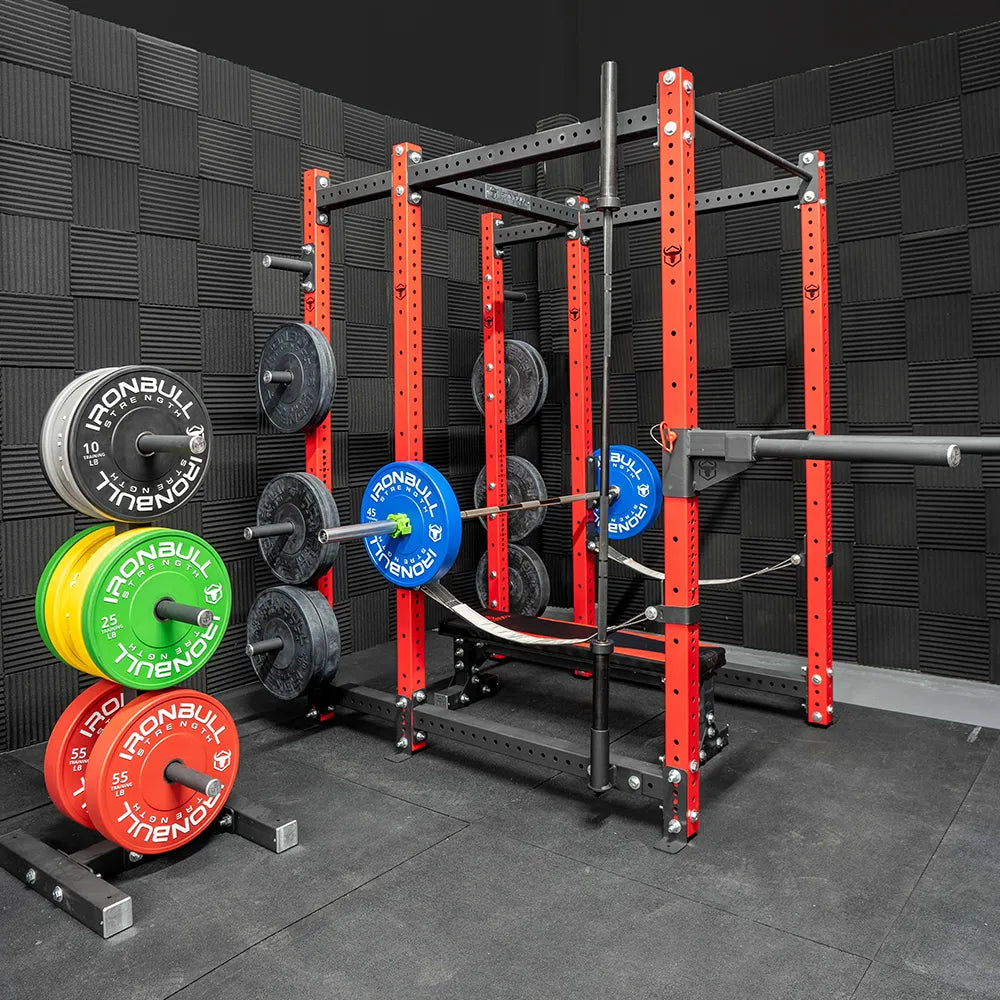Is it Safe to Squat Without a squat Rack?

Safety Concerns of Squatting Without a Rack
Squatting without a rack can feel like walking a tightrope without a safety net. One of the major issues is the absence of safety bars. These bars are there to catch the barbell if you can't complete a lift. Without them, you're putting yourself at a higher risk of injury. It's like driving without seatbelts—sure, you might get away with it, but do you really want to take that chance?
Another problem is the risk of dropping the bar. If a squat doesn't go as planned, bailing out safely becomes a challenge, especially with heavier weights.
This can lead to some awkward, if not dangerous, situations. Imagine trying to balance a heavy load while figuring out how to get out from under it. Not fun.
Overall, lifting without a rack makes it harder to control the barbell during a failed lift, which can put unnecessary strain on your body. The risk of injury increases, and suddenly what seemed like a good idea turns into a potential nightmare. For safer lifting, especially with heavy weights, investing in a squat rack for home gym is a smart move.
Limitations on Weight Without a Rack
If you're thinking of squatting without a rack, keep in mind that it's really only safe for light weights. As the weight increases, the risk factor goes up. Squatting without a rack can quickly become unsafe as you add more pounds to the bar.
This limitation can be frustrating, especially if you're looking to progress. Without the support of a rack, attempting heavier lifts is risky, which can hinder your strength progression. Intermediate and advanced lifters might find themselves stuck, unable to push their limits safely.
Testing personal records without a rack is another risky move. You might be tempted to see what you can do, but without the safety of a rack, it's a gamble.
If you want to handle weights more safely, consider using olympic bumper plates. They can reduce the impact if you drop the bar during a failed lift.
Setup Challenges Without a Rack
Setting up for a squat without a rack can be a real hassle. One of the main challenges is improper barbell positioning.
Without a rack, getting the bar at the correct height can be tricky, leading to awkward and unsafe starting positions. It's like trying to fit a square peg in a round hole—frustrating and potentially dangerous.
There's also the risk of injury from the setup itself. Lifting the barbell from the ground into position can strain muscles, especially if you're not doing it right.
It's not just about the squat; it's about the whole process, and without a rack, that process gets complicated.
Without a stable starting point, controlling the barbell becomes more challenging. This increases the risk of improper form, which can lead to injuries.
For a safer setup, consider incorporating a adjustable weight bench into your routine. It can provide support during other exercises and enhance your workout variety.
Who Can Safely Squat Without a Rack
If you're a beginner using light weights, squatting without a rack is manageable. Bodyweight or very light-weighted squats don't require a rack and can be a good starting point. It's like dipping your toes in the water before diving in.
Bodyweight squats are a safe option without a rack, and they can still help you develop lower-body strength. They're a great way to get comfortable with the movement without the added pressure of heavy weights.
However, once the weight increases beyond a certain point, a rack becomes necessary for continued progress and safety.
If you're squatting without a rack, starting with dumbbells sets for light resistance can be a good option. They're easy to handle and can provide a bit of a challenge without the risk.
Safer Alternatives to Squatting Without a Rack
If you're concerned about squatting without a rack, there are safer alternatives. Using a power rack is one option. It offers built-in safety features like safety bars to catch the barbell if you fail a lift. It's like having a safety net in place, just in case.
If you do squat without a rack, practicing safe bailing techniques is important. Start with light weights to develop safe fail techniques. It's not just about lifting the weight; it's about knowing how to handle a failed lift safely.
Consider trying squat variations that don't require a barbell or rack. Dumbbell squats, goblet squats, or bodyweight squats can provide a good workout without the need for a complex setup. Kettlebells can be a great tool for goblet squats and other variations.
When to Use a Squat Rack for Safety
For moderate to heavy lifts, a squat rack is essential for safe lifting. Anytime you're lifting a significant load, the support of a rack is crucial. It's like having a backup plan, just in case things don't go as planned.
Pushing for new personal records is another time when a rack is necessary. Attempting to break personal records or increase weight requires the support and safety features a rack provides. It's about pushing your limits safely, without unnecessary risks.
If you're unsure about how to safely bail out of a failed lift, a rack is a safer option. It's better to have that safety net in place than to risk an injury. When lifting heavy with a rack, consider adding lifting belts for additional core support.











